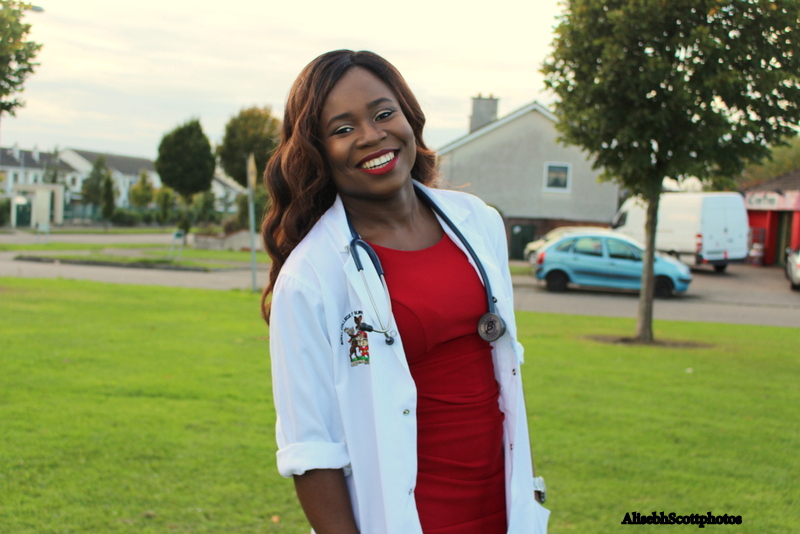Features
Dr. Azibanigha Scott: Let’s Talk About Things to Note When Checking Your Vital Signs
 April 7 was World Health Day, and it was a reminder for us to pay attention to our health and do better. The human body is a complex structure with tons of cells and millions of chemical reactions taking place simultaneously. It is impossible for us to keep tabs on everything going on. As the complex structure that it is, we can only have an overall idea of how our bodies are doing through what we call vital signs.
April 7 was World Health Day, and it was a reminder for us to pay attention to our health and do better. The human body is a complex structure with tons of cells and millions of chemical reactions taking place simultaneously. It is impossible for us to keep tabs on everything going on. As the complex structure that it is, we can only have an overall idea of how our bodies are doing through what we call vital signs.
Vital signs are tests that can be taken to give us an overall idea of our bodily function. A deviation from the normal range indicates that something is wrong and needs to be corrected.
These signs are:
- Body temperature: This is measured with a thermometer. Normal temperature is 37°C. A temperature of 38°C or more indicates a fever. It means your body is responding to an ‘intruder’ by releasing chemicals that act on your brain to increase your temperature. Temperature can also be low and can be due to a number of causes: exposure to cold environment, toxins, infections, abnormal chemical reactions going on in the body and so on.
- Pulse: This is also called heart rate, and is the number of times your heart beats in a second. It varies from babies to older children to teenagers and adults. In adults, the normal range is 60-100 beats per minute. Your pulse is a very important vital sign, because it lets us know how your heart is doing, since the heart never stops beating except an individual is dead. You can check the pulse from various places: in the neck, just beside where you feel the throat, by putting your hand over the lower left side of the chest, over your wrist. The more you exercise, the slower your heart rate, so athletes have a slow heart rate. A high pulse means a lot of things: anxiety, active bleeding, long standing anaemia, problems with your thyroid gland, infection, dehydration, or some heart condition.
- Respiratory rate: This is the number of times you breathe in a minute. It varies from babies to adults. Normal respiratory rate in adults is twelve to twenty breaths per minute. So if you see someone breathing slowly, that means the number of breaths per minute is less than twelve. And that is not good at all. More than 25 breaths per minutes indicates something is also going wrong.
- Blood pressure: This is the amount of force against the walls of your arteries. This pressure is measured in mm Hg (millimeters of Mercury) and there are two values. They correspond to the force against the walls of your arteries during different actions of the heart. Normal blood pressure is 120/80 mm Hg. The first number or the larger number is called systolic pressure, and is the highest level of pressure your body reaches; it is the amount of force in your arteries when your heart contracts to pump blood round your body. The second number is called diastolic pressure, and it is the amount of force in your arteries when your heart relaxes. Hypertension is when your blood pressure goes beyond 140/90 mm Hg, and there are many things that cause this. What I want you to take from this is that normal blood pressure should be less than 120/80 mm Hg. We have to keep an eye for blood pressures between 121/81-139/89 mm Hg, as they can go on to get hypertension. We don’t want your blood pressure too low either; values less than 90/60 mm Hg are not good and can be caused by a number of things: some medications, thyroid problems, hormonal imbalance and so on.
Now you have an idea what your vital signs are and what can cause variations. Make up your mind to do better, and pay more attention to your health.























